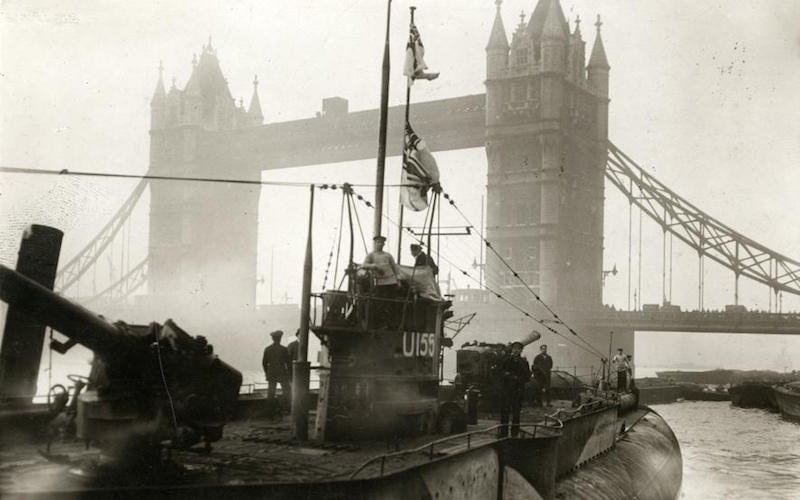World War I
Date: 28 July 1914 – 11 November 1918
Location: Worldwide
Estimated casualties: 15,000,000 – 19,000,000
Historians often comment that WWII was the result of unsettled disputes that remained after WWI, which is sometimes referred to as the “Great War.” Germany, Austria-Hungary, and the Ottoman Empire (the Central Powers) faced the Allied forces of Great Britain, France, Russia, the United States, Italy, and Japan. At the time, this was the bloodiest war (until WWII), resulting in millions of casualties. This was the first war to use modern weapons like tanks, machine guns, and chemical weapons. Fighting at sea also began in 1915 with U-boat submarines.
The war began with the assassination of Archduke Franz Ferdinand of Austria. He was killed by a Serbian nationalist, Gavrilo Princip, and Austria-Hungary wanted to use the event to push down Slavic nationalism. Russia supported Serbia, so Austria-Hungary sought out assurances of German support if they decided to attack Serbia. Once they had this assurance, they attacked on July 28, 1914, and within a week the tenuous peace that existed between the great powers in Europe collapsed and WWI began.
After a series of defeats in battle, the Turkish forces (Ottoman Empire) signed a treaty with the Allies in October 1918. Austria-Hungary was having serious problems with nationalists from within the country, making them a weak force in this huge war, so they also signed a treaty in November of the same year. Finally, Germany could no longer fight due to a lack of resources, so they also agreed to stop fighting on November 11, 1918, thereby ending WWI.
WWI was the official fall of four imperial dynasties, including Germany, Austria-Hungary, Turkey, and Russia. The countries all held a peace conference in Paris in 1919 and signed the Versailles Treaty on June 28, 1919, but Germany felt tricked into signing it. This resentment is often cited as one of the many causes of WWII.
Expand your knowledge universe in just 5 minutes a day via bite-sized email courses.
Share with friends:

